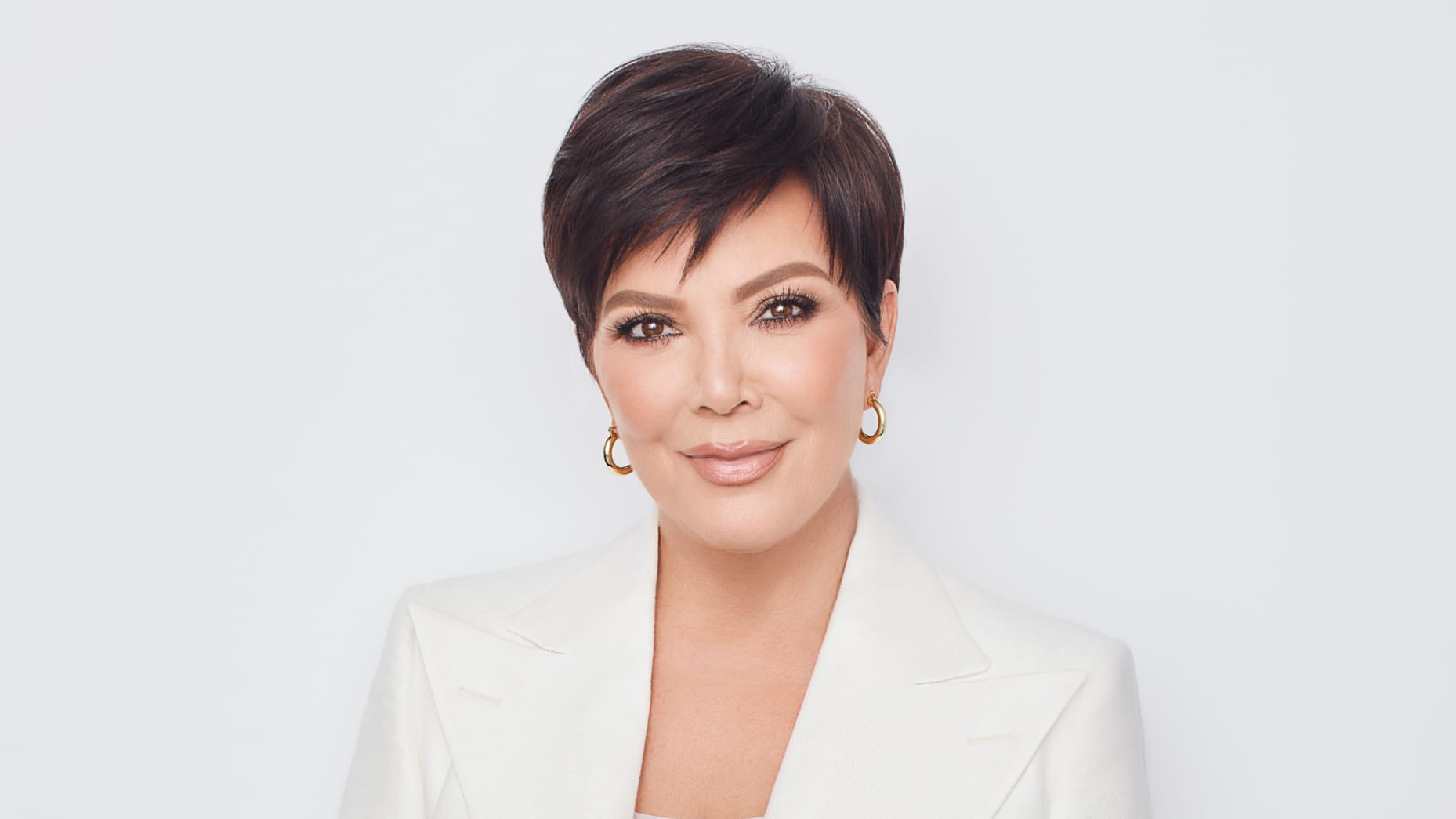Diversifying your investment portfolio is an important step in building wealth, but what does it mean? A diverse portfolio is one in which your investments are not focused in one area of the market—i.e. one sector, or one type of company. A portfolio focused on one sector is more volatile: it will suffer severe losses if that sector plunges. A diversified portfolio can weather losses in one sector by spreading its investments across multiple areas of the market. That way, other investments can pick up the slack of the negative shares.
How, then, do you diversify your investments?
The complicated answer is to invest in various companies whose historical patterns of gains and losses differ. Of course, historical performance does not guarantee future performance. But investing in this way can help assure that while part of your investments are losing, there’s a good chance that another part is winning.
That’s not really an answer, though, because how is that done?
The real keys to diversifying a portfolio are more simple. Basically, you want to mimic what mutual funds do. In fact, the easiest diversification technique is to simply invest in mutual funds—collections of stocks that are traded by a professional—and index funds—mutual funds that invest strictly in a specific stock index. The funds are created by professional brokers and, therefore, are already diversified.
But for the trader who wants the most control over their investments, here are some tips to diversify your investments on your own.
The various characteristics to take into account include: type of investment, market capitalization, geography and sectors. If your investments include mutual funds, diversify those by taking their styles into account (growth, growth/value, value). It is also important to balance stocks, bonds, funds and other short-term investments.
Market capitalization
Market capitalization, or market cap, is an indicator of a company’s size. It is the value of its outstanding shares, calculated by multiplying the number of shares by the current price per share. Diversifying between large-, mid- and small-cap companies ensures a range of company sizes that often respond differently to the market. Large-cap companies usually have a market cap exceeding $10 billion, while small-caps are under about $2 billion. Large cap companies are generally steadier investments, though they might not bring in huge gains, quickly. Conversely, small-cap companies are considered more volatile, which could boost gains (yay!) or losses (no!).
Sectors
A sector in the stock market represent a part of the economy containing businesses with similar products or services. The markets are divided into sectors such as energy, consumer staples, health care, financials, utilities and industrials, among others. Sector diversification is easy to accomplish: don’t invest all of your money into cars, or health care companies, or tech companies, or retail companies. Choose a selection of stocks from different sectors to avoid collapsing when a sector reports big losses.
Geography
You might think about this one less, but geography is another important aspect of your portfolio. Investing internationally might sound frightening, but a professional can help you secure promising international stocks and funds that could be a safeguard against domestic losses.
Another interesting point about geography: it could be disastrous to invest too much of your money in local companies. It’s natural that you would want to buy shares in companies that you know, trust and want to support. But consider what would happen if the manufacturing company that’s a large employer in your area suddenly suffers big losses. If you work there, you could be facing unemployment. If you’re a shareholder, you could also be facing a heavy loss in your investment. Safeguard yourself from a situation like this by spreading your investments geographically, as well as by industry.
Time
Finally, don’t forget to check up on your strategy. Just as important as initial diversification is revision. Find what’s working, what’s not, and adapt. Set a checkup schedule to avoid emotional bias (we all want to check when we’re doing the best and the worst, but those are not ideal decision-making times). Regular evaluations can make sure that your successful strategy stays successful.
There is no perfect set of rules for creating a winning portfolio. And anyone who follows the news knows that the markets often do exactly what no one is predicting, what they’re not supposed to, what would never happen based on past performance. But a patient, diversified approach to portfolio-building is the best chance of success investors have.
As a last piece of advice: consider professional help. People make their careers out of investing; let them help you build your portfolio. There’s a very good chance the payoff will be worth the expense.
string(5187) "
Diversifying your investment portfolio is an important step in building wealth, but what does it mean? A diverse portfolio is one in which your investments are not focused in one area of the market—i.e. one sector, or one type of company. A portfolio focused on one sector is more volatile: it will suffer severe losses if that sector plunges. A diversified portfolio can weather losses in one sector by spreading its investments across multiple areas of the market. That way, other investments can pick up the slack of the negative shares.
How, then, do you diversify your investments?
The complicated answer is to invest in various companies whose historical patterns of gains and losses differ. Of course, historical performance does not guarantee future performance. But investing in this way can help assure that while part of your investments are losing, there's a good chance that another part is winning.
That's not really an answer, though, because how is that done?
The real keys to diversifying a portfolio are more simple. Basically, you want to mimic what mutual funds do. In fact, the easiest diversification technique is to simply invest in mutual funds—collections of stocks that are traded by a professional—and index funds—mutual funds that invest strictly in a specific stock index. The funds are created by professional brokers and, therefore, are already diversified.
But for the trader who wants the most control over their investments, here are some tips to diversify your investments on your own.
The various characteristics to take into account include: type of investment, market capitalization, geography and sectors. If your investments include mutual funds, diversify those by taking their styles into account (growth, growth/value, value). It is also important to balance stocks, bonds, funds and other short-term investments.
Market capitalization
Market capitalization, or market cap, is an indicator of a company's size. It is the value of its outstanding shares, calculated by multiplying the number of shares by the current price per share. Diversifying between large-, mid- and small-cap companies ensures a range of company sizes that often respond differently to the market. Large-cap companies usually have a market cap exceeding $10 billion, while small-caps are under about $2 billion. Large cap companies are generally steadier investments, though they might not bring in huge gains, quickly. Conversely, small-cap companies are considered more volatile, which could boost gains (yay!) or losses (no!).
Sectors
A sector in the stock market represent a part of the economy containing businesses with similar products or services. The markets are divided into sectors such as energy, consumer staples, health care, financials, utilities and industrials, among others. Sector diversification is easy to accomplish: don't invest all of your money into cars, or health care companies, or tech companies, or retail companies. Choose a selection of stocks from different sectors to avoid collapsing when a sector reports big losses.
Geography
You might think about this one less, but geography is another important aspect of your portfolio. Investing internationally might sound frightening, but a professional can help you secure promising international stocks and funds that could be a safeguard against domestic losses.
Another interesting point about geography: it could be disastrous to invest too much of your money in local companies. It's natural that you would want to buy shares in companies that you know, trust and want to support. But consider what would happen if the manufacturing company that's a large employer in your area suddenly suffers big losses. If you work there, you could be facing unemployment. If you're a shareholder, you could also be facing a heavy loss in your investment. Safeguard yourself from a situation like this by spreading your investments geographically, as well as by industry.
Time
Finally, don't forget to check up on your strategy. Just as important as initial diversification is revision. Find what's working, what's not, and adapt. Set a checkup schedule to avoid emotional bias (we all want to check when we're doing the best and the worst, but those are not ideal decision-making times). Regular evaluations can make sure that your successful strategy stays successful.
There is no perfect set of rules for creating a winning portfolio. And anyone who follows the news knows that the markets often do exactly what no one is predicting, what they're not supposed to, what would never happen based on past performance. But a patient, diversified approach to portfolio-building is the best chance of success investors have.
As a last piece of advice: consider professional help. People make their careers out of investing; let them help you build your portfolio. There's a very good chance the payoff will be worth the expense.
"












